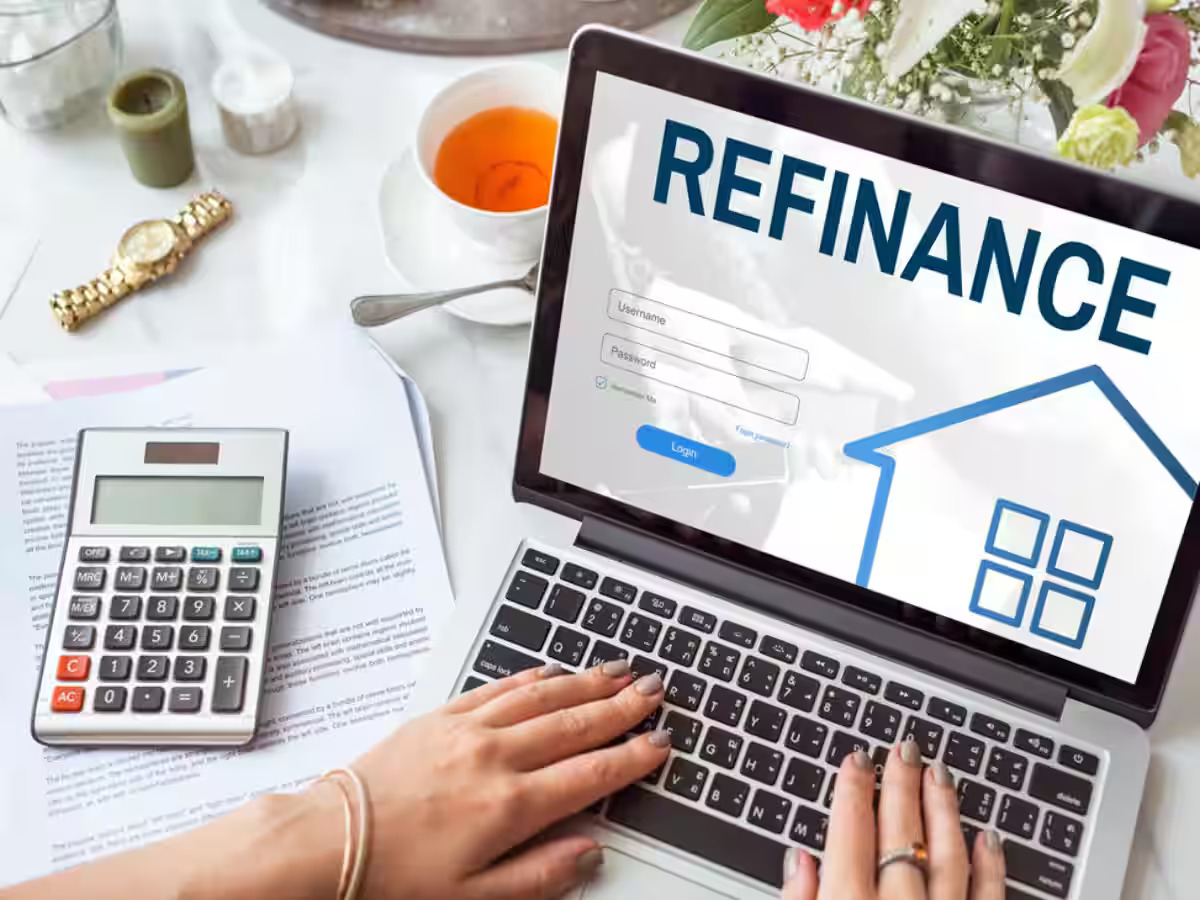Refinancing Your Mortgage:
Refinancing a mortgage can be a strategic move to improve your financial situation. Whether you’re looking to lower your interest rate, reduce monthly payments, or tap into your home equity, understanding the process and its implications is crucial. This article provides a comprehensive guide to refinancing your mortgage, covering the benefits, drawbacks, and steps involved.
Understanding Mortgage Refinancing:
Mortgage refinancing involves replacing your existing home loan with a new one, typically with different terms. The new mortgage pays off the old one, and you begin making payments on the new loan. There are various reasons homeowners choose to refinance, including:
1. Lowering Interest Rates: One of the most common reasons is to secure a lower interest rate, which can significantly reduce the total cost of the loan over its term.
2. Reducing Monthly Payments: By extending the loan term, you can reduce your monthly payments, providing more financial flexibility.
3. Switching Loan Types: Some homeowners refinance to switch from an adjustable-rate mortgage (ARM) to a fixed-rate mortgage for more predictable payments.
4. Accessing Home Equity: Cash-out refinancing allows you to borrow against your home equity, providing funds for home improvements, debt consolidation, or other financial needs.
5. Shortening the Loan Term: Refinancing to a shorter term can help you pay off your mortgage faster, saving on interest payments over time.

Benefits of Refinancing:
1. Interest Savings: A lower interest rate can save you thousands of dollars over the life of the loan.
2. Lower Monthly Payments: Reduced payments can ease financial stress and free up funds for other expenses or investments.
3. Debt Consolidation: Using home equity to pay off high-interest debt can simplify your finances and potentially lower your overall interest payments.
4. Increased Financial Stability: Switching to a fixed-rate mortgage provides predictability, protecting you from future interest rate hikes.
5. Opportunity to Tap Equity: Accessing your home’s equity through a cash-out refinance can provide a lump sum of cash for various needs.
Drawbacks of Refinancing:
1. Closing Costs: Refinancing comes with closing costs, which can range from 2% to 5% of the loan amount. It’s essential to calculate if the long-term savings outweigh these upfront costs.
2. Longer Loan Term: Extending your loan term can mean paying more interest over time, even if your monthly payments are lower.
3. Resetting the Amortization Schedule: Starting a new loan resets the amortization schedule, meaning more of your early payments will go towards interest rather than principal.
4. Potential for Higher Interest Rates: If market rates have increased since you took out your original mortgage, refinancing might not result in a lower rate.

Steps to Refinance Your Mortgage:
1. Evaluate Your Financial Goals: Determine why you want to refinance and what you hope to achieve, whether it’s lower payments, a better rate, or accessing equity.
2. Check Your Credit Score: A higher credit score can qualify you for better rates. Obtain a copy of your credit report and address any discrepancies.
3. Research Lenders and Rates: Shop around for the best mortgage rates and terms. Consider banks, credit unions, and online lenders.
4. Calculate the Costs: Use a mortgage refinance calculator to estimate your new monthly payments and compare them to your current payments. Include closing costs in your calculations.
5. Gather Documentation: Prepare the necessary documents, such as proof of income, tax returns, and bank statements. Lenders will need these to process your application.
6. Submit Your Application: Once you’ve chosen a lender, complete the application process. Be prepared for a credit check and possibly a home appraisal.
7. Lock in Your Rate: If you’re satisfied with the offered rate, you can lock it in to protect against rate increases during the closing process.
8. Close the Loan: Review and sign the closing documents. Pay any closing costs not rolled into the loan. The new loan will pay off your existing mortgage, and you’ll begin making payments on the new loan.
Types of Mortgage Refinancing:
1. Rate-and-Term Refinance: The most common type, involves changing the interest rate, loan term, or both, without altering the loan amount.
2. Cash-Out Refinance: This allows you to take out a new mortgage for more than you owe on your existing loan, receiving the difference in cash.
3. Cash-In Refinance: Less common, this involves paying down the principal balance to qualify for better terms or eliminate private mortgage insurance (PMI).
4. Streamline Refinance: Available for government-backed loans (FHA, VA, USDA), it offers a simplified process with less documentation and no appraisal required.
Considerations Before Refinancing:
1. Break-Even Point: Calculate how long it will take for the savings from the new mortgage to cover the closing costs. If you plan to sell your home before reaching this point, refinancing might not be worthwhile.
2. Home Value: Ensure your home’s value has not decreased, as this can affect your eligibility and loan terms.
3. Loan Term: Consider how the new loan term aligns with your financial goals. A longer-term may lower payments but increase the total interest paid.
4. Market Conditions: Evaluate current mortgage rates and economic conditions to determine if it’s the right time to refinance.
Conclusion:
Refinancing your mortgage can be a powerful tool for managing your finances, but it requires careful consideration and planning. By understanding the benefits and drawbacks, researching your options, and following a structured approach, you can make an informed decision that aligns with your financial goals. Whether you’re looking to save money, reduce payments, or tap into your home equity, refinancing offers various pathways to enhance your financial well-being.
